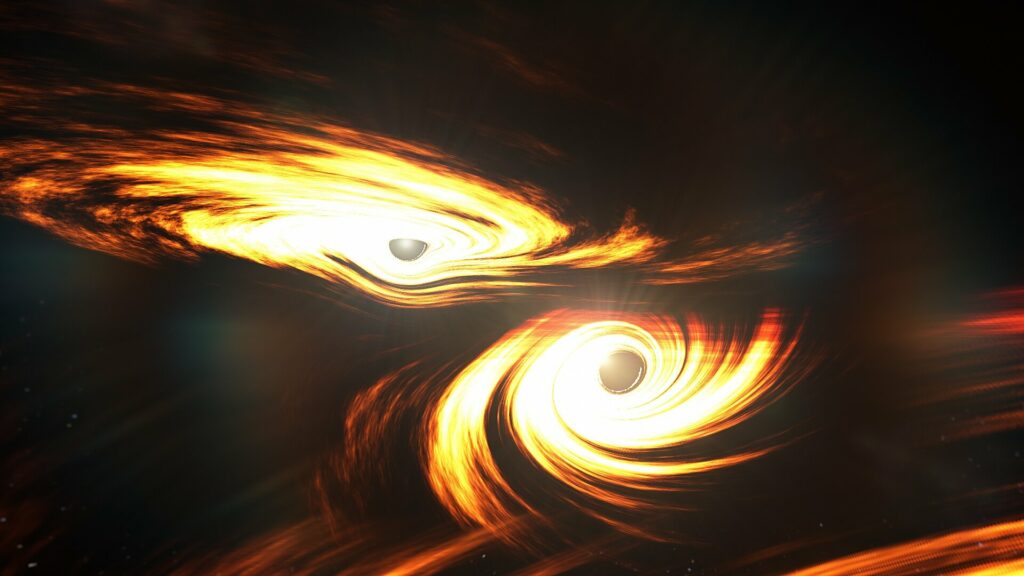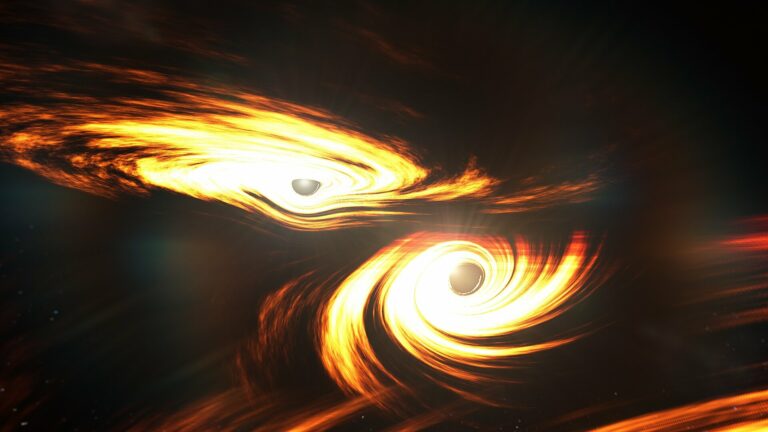Examining Einstein’s Theory of Gravity through the Shadows and Collisions of Black Holes
Revisiting Einstein’s theory of gravity, known as general relativity, finds its most challenging assessments in extreme environments near a black hole’s event horizon. Researchers from the ARC Center of Excellence for Gravitational Wave Discovery (OzGrav), the Event Horizon Telescope (EHT), and the LIGO Scientific Collaboration have, for the first time, established a unified methodology for scrutinizing potential deviations from Einstein’s theory in observations of supermassive black hole shadows and gravitational waves from colliding black holes.
Their study, published in Physical Review D, affirms that current observations of black holes, ranging from the smallest to the largest, align with the predictions of Einstein’s general relativity. A fundamental prediction of general relativity is the existence of black holes, described by the Kerr metric, a specific representation of how a black hole affects the fabric of space-time. This metric relates to observable phenomena such as the bending of light around a black hole or the orbital motion of binary black holes.

The researchers in this study connected deviations from the Kerr metric to features observed in black holes, focusing on both the shadow of the supermassive black hole in M87 and gravitational waves produced by merging stellar-mass black holes. In 2019, the Event Horizon Telescope generated images of the M87 black hole’s silhouette, while gravitational-wave observatories LIGO and Virgo have detected ripples in space-time caused by merging black holes since 2015. By analyzing the shadow and gravitational waves, the researchers sought to identify any discrepancies from general relativity’s predictions. Combining measurements from both sources, the study found consistent constraints that showed no evidence for deviations from Einstein’s theory.
The study sets the stage for future investigations into potential deviations from the Kerr metric in various black hole sizes.
This article is republished from PhysORG under a Creative Commons license. Read the original article.
Do not forget to share your opinion with us to provide you with the best posts !




0 Comments